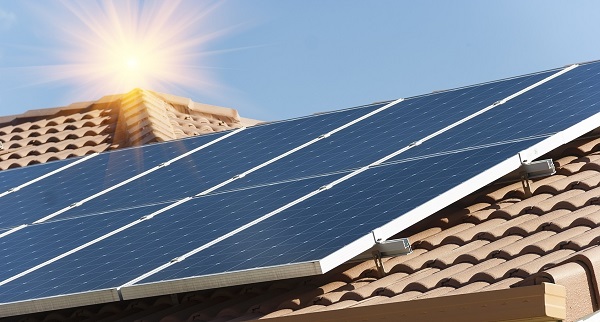The rate of solar PV adoption in South Africa is still very low particularly by low households despite some favourable government policies, a new study has shown.
The report “Adoption of residential rooftop solar PV systems in South Africa: a scoping review of barriers,” which was recently published in the latest issue of Heliyon, details several Barriers to Solar PV Adoption in South Africa that should be dealt with if the country is to realize clean energy transition.
The barriers range from social, personal, institutional and financial.
“Identifying and understanding barriers to adoption can help inform interventions for addressing the barriers and encouraging rapid intake of solar PV systems by the residential sector,” reads the report in part.
The report identifies unemployment as the top impediment to solar adoption in South African households. It follows that most households cannot afford solar PV systems.
“A review of barriers across a household income gradient can help policy makers to understand and address these barriers in equitable ways,” the report explains.
Adoption of solar PV systems requires a high capital investment which is beyond the reach of many South African households, especially those located in low-income areas. Approximately 55 % of the people in South Africa are classified as low-income households, and 20 % are considered middle income.
Recommendations
According to the report a socially just transition to solar PV energy in South Africa might be achievable through the introduction of equitable policy frameworks which support inclusive transitions.
For instance, it says, the government should put in place inclusive financial legislations which cater for low- and middle-income households.
The government can also initiate or support power purchase agreements whereby solar PV systems are installed in homes at reduced costs, and the energy generated will be sold to the homeowner at a set contractual price.
Power purchase agreements can address the lack of trust and perceptions of limited capacity of solar PV systems to produce sufficient energy and at the same time minimise start-up financial costs, which could in turn, encourage solar PV adoption.
Power purchase agreements have proven to be effective among low- and medium income households in California, USA. Californian households have also benefited from the government solar leasing exercise where the government contracts solar companies to lease solar panels to homeowners who pay for them over a long period of time.
These initiatives can be very effective in South Africa, given that most low- and medium income households in South Africa are debt ridden and hence, cannot qualify for loans.
Moreover, these initiatives can also cater for the low- and medium income households who are key consumers of energy in South Africa Alternatively, the government can also create financial institutions that offer loans or financial help to household adopters at zero or low interest rate for solar PV system adoption. Similar initiatives have been successful in Ghana and Kenya
with solar PV adoption positively linked with various kinds of incentives and credit arrangements through the rural and community banks initiative.
To reduce the financial burden of low- and middle-income households, the government can also promote adoption of solar PV by reducing import duties for solar PV products which can reduce the upfront costs of solar PV systems.
Also Read
Offshore wind industry surges in 2023, poised for record-breaking decade ahead
Construction Mafia wreaks havoc: Cape Town faces multi-million rand extortion crisis

